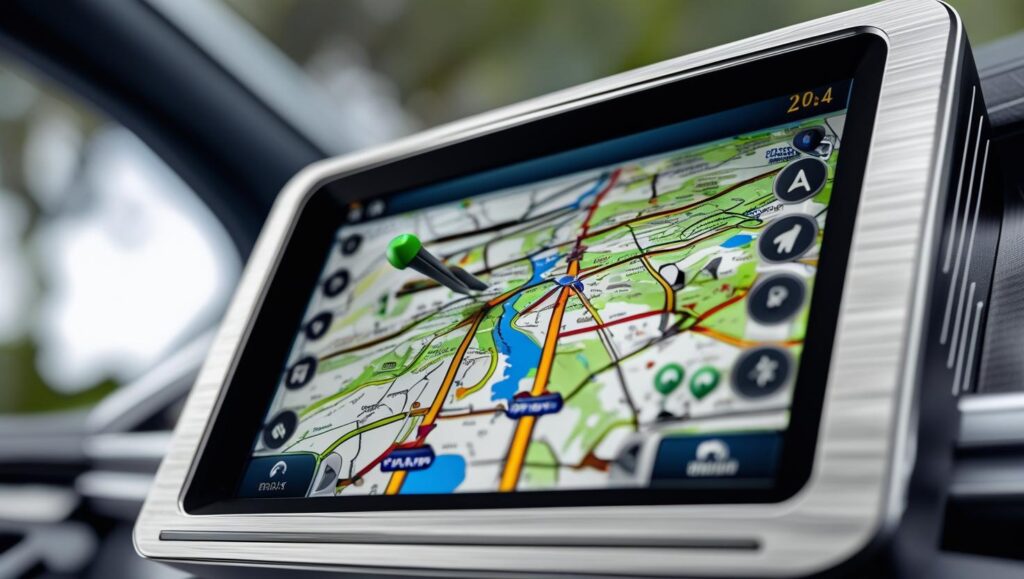The Satellite Navigation System Market is experiencing a transformational surge, forecasted to expand from USD 61.1 billion in 2023 to USD 75.5 billion by 2028, growing at a CAGR of 4.4%. This growth is fueled by the relentless demand for accurate, real-time positioning and navigation across both civilian and defense domains, alongside rapid advancements in AI, IoT, big data, and cloud-based analytics.

In a world increasingly dependent on location intelligence, satellite navigation systems now go far beyond traditional GPS. They are a cornerstone of smart infrastructure, enabling innovations in autonomous vehicles, disaster response, maritime safety, precision agriculture, urban mobility, and military operations.
Download PDF Brochure @
https://www.marketsandmarkets.com/pdfdownloadNew.asp?id=179048046
Key Growth Drivers:
- Technological Advancements: Modern navigation satellites are now equipped with next-gen signal modulation, higher power transmission, and intelligent onboard processing—enhancing accuracy even in densely obstructed or urban environments.
- Expanding Applications: From logistics and fleet management to aerospace defense systems and smart cities, satellite-based positioning is becoming indispensable.
- Global Satellite Constellations: Systems like GPS (US), Galileo (EU), BeiDou (China), and GLONASS (Russia) are expanding coverage, offering interoperable services for global users.
- Government and Private Sector Investment: Aggressive satellite launch programs and constellation deployments are being supported by governments and private entities alike to boost space capabilities.
Market Segmentation Insights:
- By Orbit: The Medium Earth Orbit (MEO) segment dominates, driven by high-performance GNSS operations.
- By Solution: Services lead the market, with increasing demand for cost-effective, infrastructure-free navigation access.
- By Constellation: Global systems remain dominant, offering high redundancy, coverage, and signal strength.
- By Region: Asia Pacific is expected to witness the highest CAGR, spearheaded by China’s BeiDou expansion and emerging national space programs in India, Japan, and South Korea.
Opportunities on the Horizon:
- Custom Navigation Solutions: Tailored systems for agriculture, mining, oil & gas, and construction sectors offer high-growth revenue streams.
- Value-Added Services: Integration of live weather, traffic, geofencing, and augmented reality opens doors for new B2B offerings.
- IoT & 5G Synergies: Navigation systems now support massive IoT deployments by providing continuous, high-precision location data to devices on land, air, and sea.
- Commercial & Civilian Uptake: Demand for personal navigation devices, in-vehicle systems, and wearable trackers is steadily increasing.
Industry Challenges:
- Spectrum Allocation & Interference: As satellite signals compete for limited frequency bands, managing interference and ensuring compliance with international spectrum regulations remains a challenge.
- Technology Obsolescence: With new satellite technologies emerging rapidly, legacy systems face shorter innovation cycles, demanding ongoing upgrades and reinvestments.
Ask for Sample Report @
https://www.marketsandmarkets.com/requestsampleNew.asp?id=179048046
Key Market Leaders:
Notable players shaping the Satellite Navigation System ecosystem include:
- Raytheon Technologies (US)
- Northrop Grumman Corporation (US)
- Qualcomm Technologies, Inc. (US)
- Lockheed Martin Corporation (US)
- L3Harris Technologies (US)
These companies are leading efforts in satellite development, payload innovation, and global positioning services, securing multi-million-dollar contracts across defense, aerospace, and commercial domains.